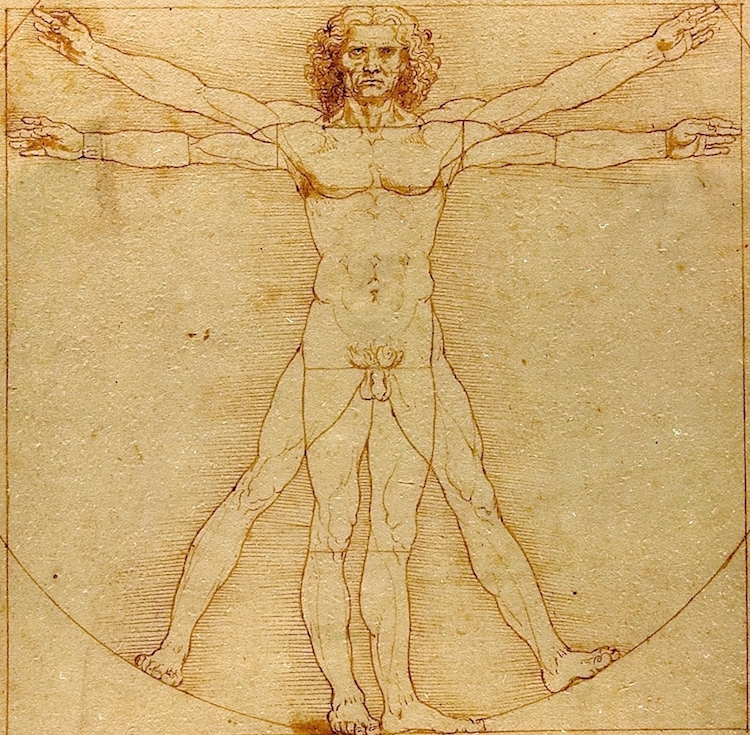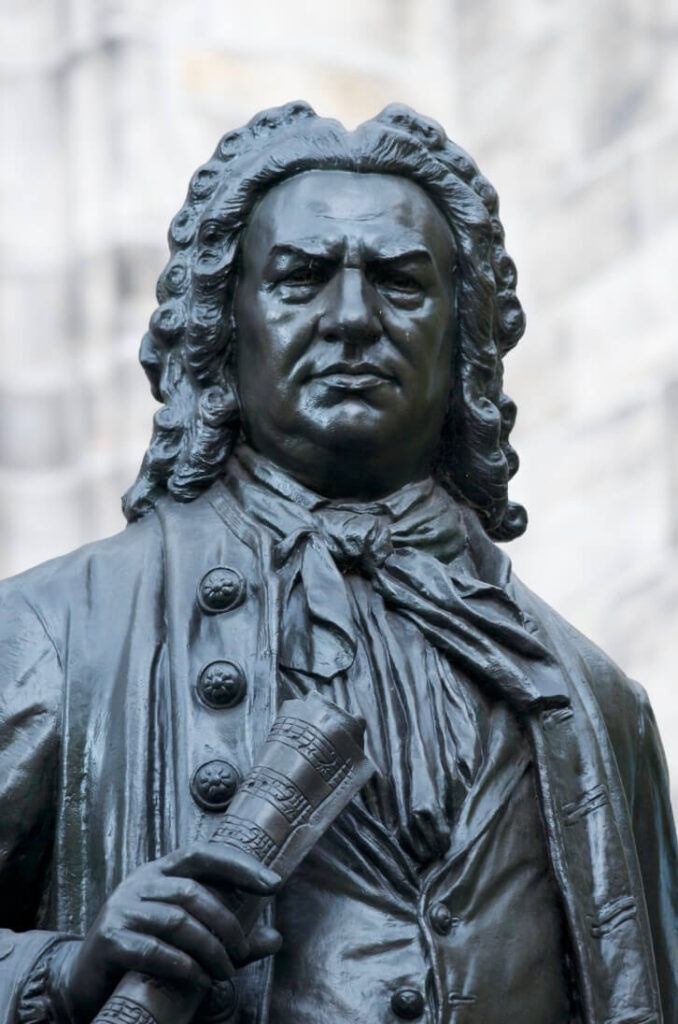Let’s delve into the intriguing world of the Golden Ratio, that captivating mathematical constant represented by Phi (Φ ≈ 1.618), revealing its imprint not only in nature but also in art and music. As we examine specific cases, the intriguing question arises about the apparent “coincidence” of the ubiquity of this ratio in our world.
The Fibonacci Enigma Our story begins with the Fibonacci sequence, a series of numbers where each term is the sum of the two preceding ones (0, 1, 1, 2, 3, 5, 8, 13, …). Exploring the ratios of consecutive terms in this sequence, we emerge into the Golden Ratio, represented by Phi (Φ ≈ 1.618). This deep connection between the Fibonacci sequence and the Golden Ratio sets the stage for its presence in various natural phenomena, but is it truly a coincidence that it appears so frequently?
Fruits and Flowers: In the plant kingdom, we see that the Golden Ratio manifests in the arrangement of leaves, petals, and seeds. Sunflowers are a notable example. Observing the arrangement of their seeds in clockwise and counterclockwise spirals, we find that the number of these spirals often follows the Fibonacci sequence. Is it mere chance, or is there a deeper connection between mathematics and biology?

Shapes in Shells and Snails: Mollusk shells and snails exhibit an exquisite manifestation of the Golden Ratio in their spirals. Following the rule of constructing arcs connecting opposite corners of golden squares, we obtain a spiral that follows the Golden Ratio. This phenomenon, known as the logarithmic spiral, offers a mathematical explanation for the unique shape of these structures in nature. How is it possible for this ratio to naturally appear in such diverse structures? Is it a mathematical coincidence, or is there an intrinsic pattern in nature?
Body and Evolution: In the animal kingdom, the Golden Ratio plays an intriguing role in the relationship of body parts. The ratio between the lengths of body parts, such as the human arm, often approximates the Golden Ratio. This phenomenon is not a coincidence but a consequence of evolutionary optimization, where golden proportions provide efficiency and balance in body structure.

Galaxies and Deep Space: Even in the vast cosmos, the Golden Ratio reveals its presence. Galactic spirals, such as the famous spiral galaxy M51, exhibit patterns that conform to the Golden Ratio. This mathematical harmony on a cosmic scale highlights the universality of mathematical principles governing our universe.

Art and Music: The Golden Ratio extends beyond nature. In art, from classical architecture to Renaissance paintings, the presence of the Golden Ratio imparts a sense of aesthetic balance. How is it possible that artists from different eras have arrived at using the same ratio without an intrinsic connection?
Even in music, the presence of the Golden Ratio is evident in masterpieces like Bach’s “The Art of Fugue,” where the structure of fugues and canons suggests an application of this ratio in the organization of the piece. Composers like Béla Bartók have also explored the Golden Ratio in the arrangement of musical motifs. Moreover, some musicians have identified patterns resembling the Golden Ratio in the relationship between note durations, contributing to a sense of balance and proportion in musical composition. This connection between mathematics and music adds an intriguing dimension to the intersection of art and mathematical laws in the musical world.

The Golden Ratio, present in nature, art, and music, challenges us to reflect on the apparent “coincidence” of its ubiquity. Is this mathematical constant simply a chance occurrence, a series of fortuitous mathematical coincidences in the fabric of our universe? Or is it an indication of a deeper connection between mathematical laws and creation itself?
These questions invite us to explore the mathematical magic underlying our environment and to question whether the Golden Ratio is a mere coincidence or an intricate pattern revealing the wonder of the relationship between mathematics and creation in all its forms.











